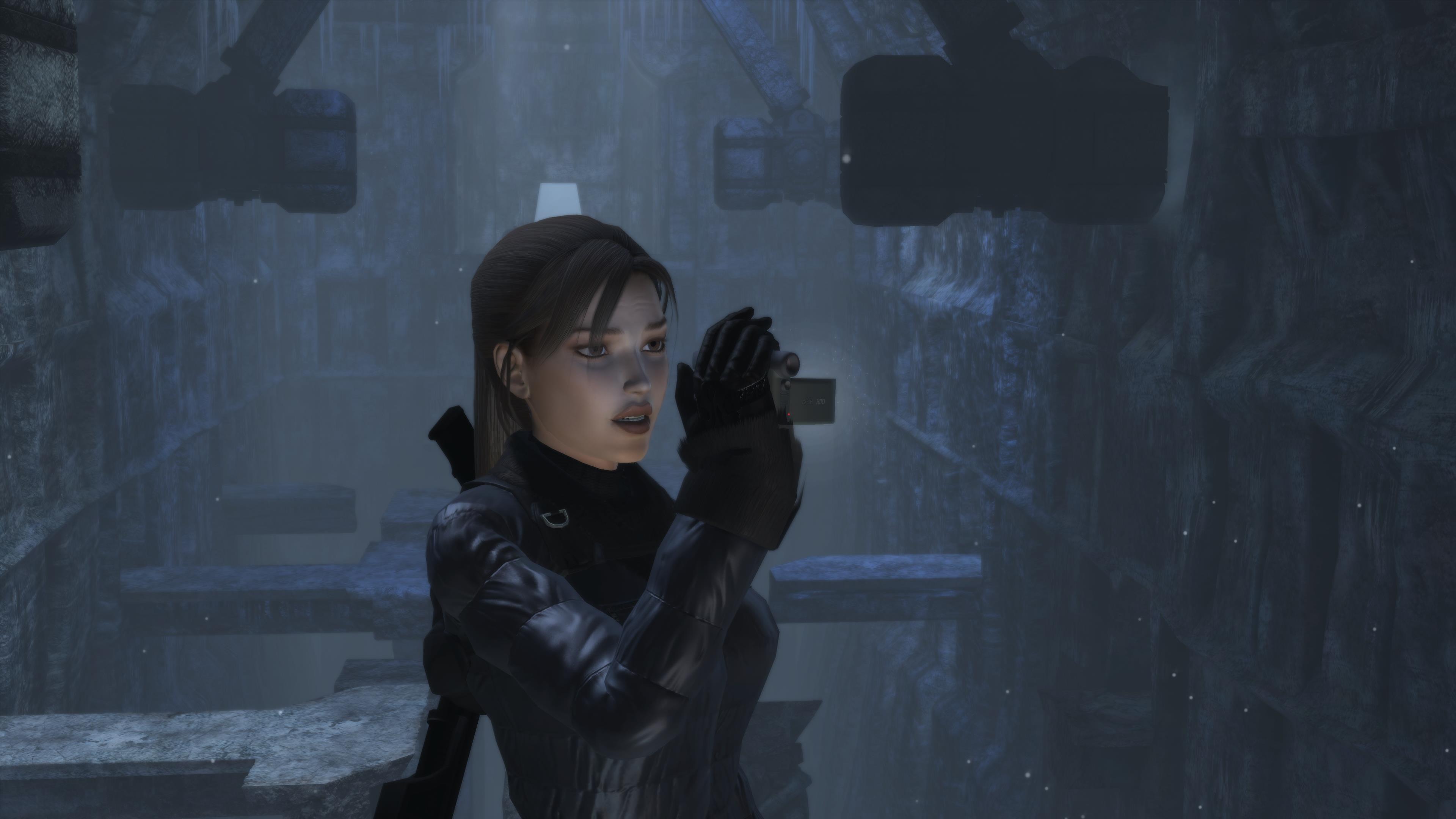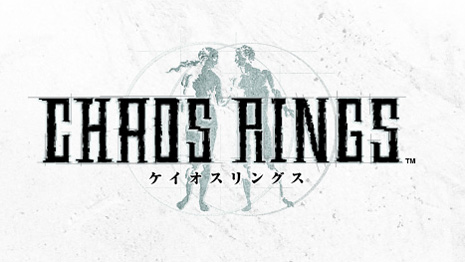October 25, 2021 is the 25th anniversary of Tomb Raider. While that's a few too many years for me to have been at a suitable age at the time, I was very much aware of the series since its 1996 debut and even dabbled in some early demos. Still, it wasn't until 2009 that I discovered the series for myself, beginning with Tomb Raider: Legend from three years prior. Legend immediately drew me in in a way only a few games ever have: each moment resonated pitch-perfect and went places I'd never seen before in a videogame. Lara Croft was a character I'd never seen before in a videogame. She was edgy, yet down-to-earth. Over-the-top, yet empathetic and believable. (To this day it's a life goal of mine to conquer a real-world replica of the gym set in Croft Manor.)
Following Legend, I played Tomb Raider: Anniversary, a remake of the original 1996 game that also repurposed an old villain, Jacqueline Natla, to serve as a prequel to the rebooted timeline. That was all well and good, but I had my sights set elsewhere. I wanted a direct continuation of what Legend started. I wanted Tomb Raider: Underworld.
However, what I got left me feeling empty for over a decade.
Fair warning: spoilers will follow!
Undigging the Past
The basic plot of the mid-naughts Tomb Raider trilogy is that as a child, Lara Croft and her mother, Amelia Croft, were crash-landed in a plane crossing the Himalayas. While there, Lara stumbles upon an ancient device that activates a portal of some sort, ultimately sucking in her mother as she moves to protect her daughter. This event understandably goes on to define the surviving Crofts' lives; first Lara's father, who ultimately loses his life in pursuit of the truth, and then Lara herself, who becomes an archeologist to finish what he started.

And yet, in Legend and Anniversary, this backstory takes a back seat to discovering ancient artifacts and connecting myths from around the world like pieces of a single, grand puzzle. It's a clever tale peppered with just enough real-world history to tantalize the imagination.
It came as a disappointment, then, when Underworld placed Lara's personal struggles front-and-center. The "search for Mother" melodrama seemed poor justification for all the high-stakes action and deadly shootouts. And worse, Lara does find her... as nothing more than an animated corpse wandering the halls of Helheim, a Norse realm of the dead. Lara rejects this ghastly version of Amelia Croft and shoots the corpse to finally put it to rest, declaring her mother had already died years ago. Meanwhile, Amanda Evert, an old rival from Legend, reappears just in time to establish her survival and walk away scot-free.
In 2009, this conclusion felt like an insult to all of Lara's (my) efforts. So, three games worth of story were all a big waste? I mean, what's up with that? What about justice?!
It was this ending that left me carrying a mediocre impression of Underworld all these years. While I revisited the game from time to time, I never made it past Thailand (the second level) again.
That is, until I replayed the whole trilogy this year.
The Truth of Underworld
For one thing, Underworld's visuals hold up shockingly well. Playing on a PC in 4K almost feels like a remaster compared to the original Xbox 360 and PlayStation 3 releases. There's a tremendous amount of detail for a 13 year-old game--apparently, so much that a mere 720p output couldn't even display it all. The environments and puzzles were also a welcome step back up from Anniversary. It really was more Legend greatness from start to finish.

But the thing that really got me is how much character the game has. The dialog is excellently written and voice acted, and the cinematics (directed by Toby Gard himself) are impressively expressive and fluid to this day. And most importantly: Lara herself is apparently more mature than I was during my initial playthrough, because it would seem I totally missed the point.
It should've been obvious: at the start, she states plainly that she holds no illusions about what she'll find about her mother. It's the truth she's after first and foremost, whatever it may be. The game then proceeds to give warning after warning that digging up forbidden knowledge might have consequences. How much is Lara willing to sacrifice to find it? It's a valid question specifically because of what actually awaits her. Knowing the truth might actually be worse than not knowing it. It might lead only to disappointment and regret. It might even harm others around her. (Haven't we all been there at some point?)
But contrary to my jaded recollection, the game doesn't stop with the revelation of Amelia Croft's tragic fate. It also ties in plot threads started all the way back in Tomb Raider 1 and resurrected in Anniversary, finally fulfilling Natla's fantasies as she played the whole Croft family into her hands. This weaving of threads across generations is, in a word, brilliant.

It also sets the stage for an unexpectedly human reunion with Amanda. Throughout the series, we see Lara's attitude towards her change quite a bit. At first, she's remorseful for mistakenly leaving Amanda behind in Peru and wants to make amends. Then, she blames Amanda for her mother's death and withdraws her sympathy. But when it comes down to it, facing down Natla, Lara puts all that aside to work together with Amanda one last time.
And this time, she doesn't leave her behind. Both characters have chances to abandon each other or stab each other in the back, but they don't. And yet, it's not as if taking down Natla together resolves their tension. Nothing will ever restore their relationship to its state in the Legend flashbacks. That's just a fact. But they do accept each other, in their own way. Not necessarily forgive, but accept. It's palpable in the way they forge an unspoken agreement to part ways and never see each other again. Anyone who's lived long enough knows how real this is, and how much maturity it takes to let go.
Indeed, perhaps "letting go" could be summed up as the theme of Underworld--and the trilogy--as a whole.
Time Changes Everything
Considering I'm now 12 years older and have accumulated things I've had to let go of myself, it's impossible not to take my reflection beyond Underworld as a game and into life and culture at large. It's made me appreciate again just how influential Tomb Raider was in 2008. While I enjoyed the more recent reboot in its own right, I can't help but feel that something has been lost since then. Lara didn't need to become a gritty survivor to be human--she already was. But what's more, she was an icon that literally everyone could aspire to in some way. I can't help but feel that in 2021, we as a society need an icon like that more than ever.
And now I feel I owe the creators an apology for ever doubting what an incredible experience this was. From now on, Underworld is going firmly in my list of favorites.








